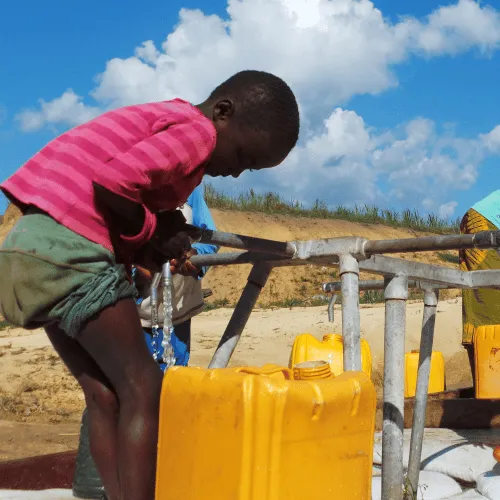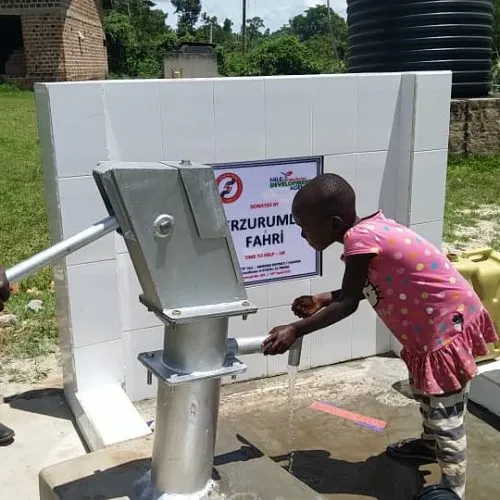
Clean Water Project in Schools in Africa
Access to clean and safe drinking water is fundamental for human survival. Without it, people are susceptible to waterborne diseases such as cholera, dysentery, and typhoid, which can be fatal. In many parts of sub-Saharan Africa, inadequate access to clean water contributes to high mortality rates, especially among children.
Access to clean water is essential for education. When children, especially girls, have to spend hours fetching water from distant sources, it can disrupt their education. Providing access to clean water in schools is crucial for the well-being and educational development of children.
Drilling water wells in schools in sub-Saharan Africa can have a profound impact on the education of students by improving their health, attendance, and overall learning environment. It contributes to a holistic approach to education that considers the well-being of students and their communities. Access to clean water is not only a basic human right but also a key factor in unlocking the full potential of students in these regions.
Access to clean water is a fundamental necessity that can impact several aspects of a student’s educational experience:
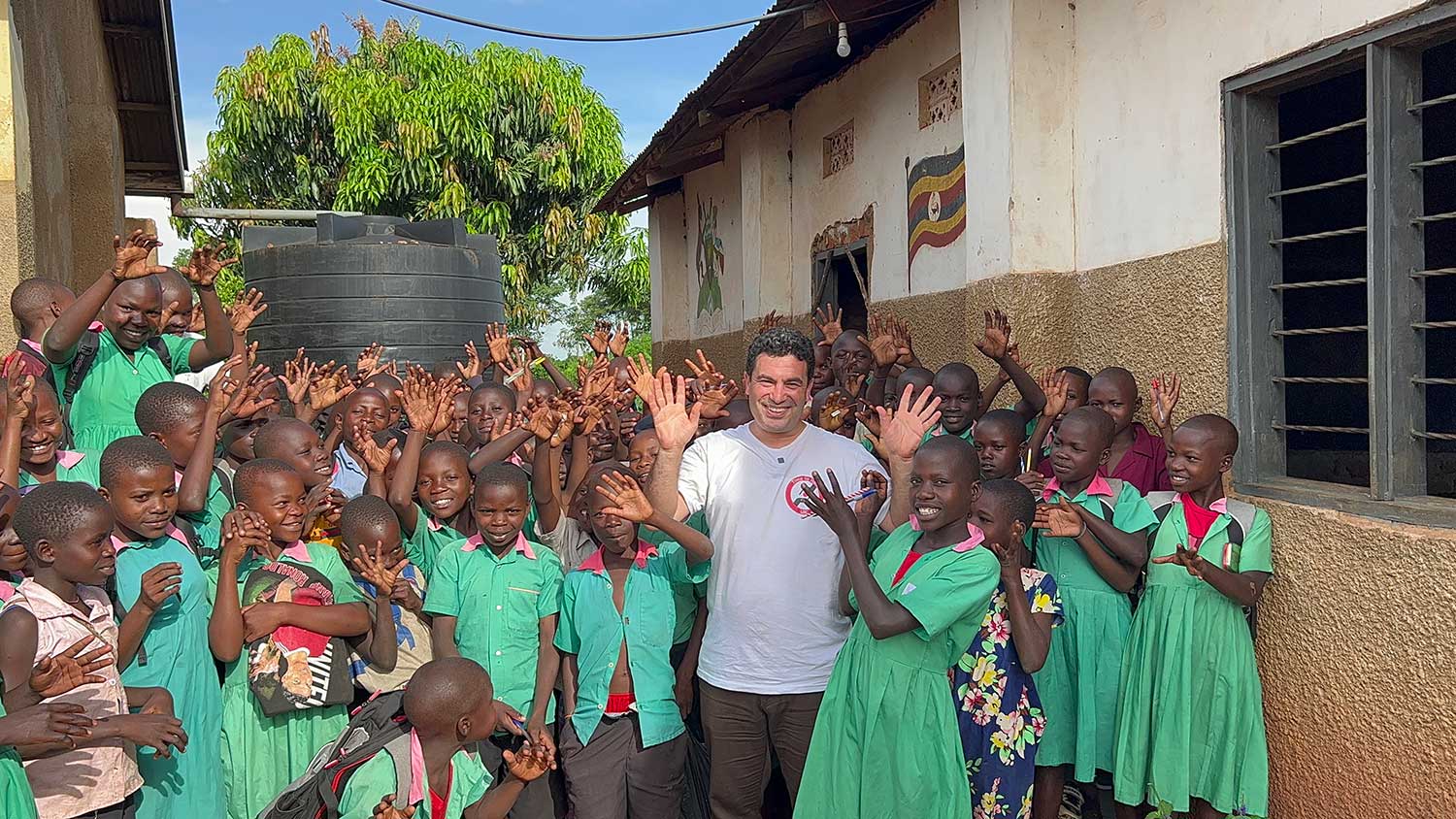


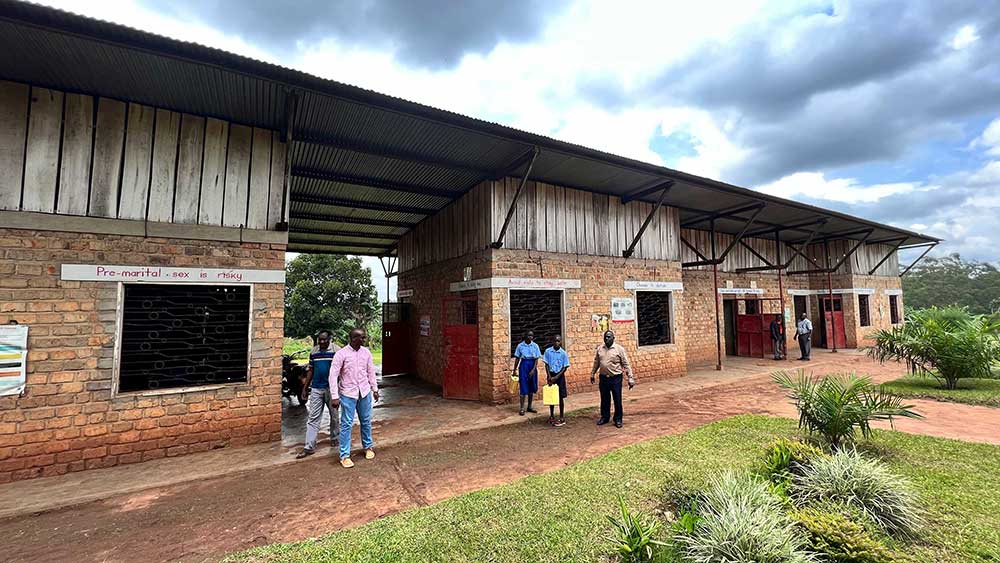

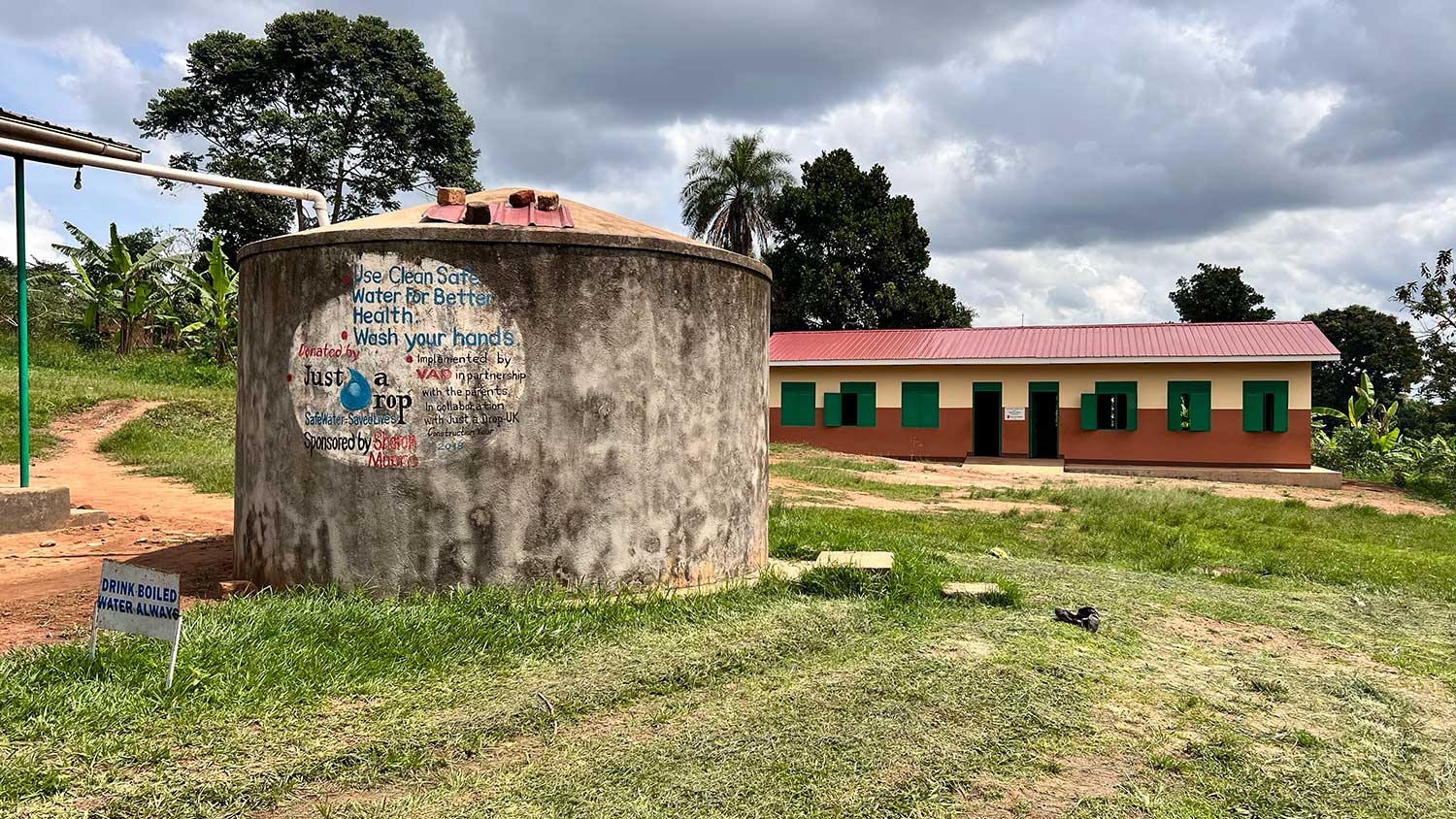

- Improved Health and Hygiene:
- Clean water promotes better hygiene practices, reducing the risk of waterborne diseases. Students and staff can maintain good health, attend school regularly, and be more attentive in class when they are not suffering from illnesses caused by contaminated water.
- Increased Attendance:
- With a reliable source of clean water on school premises, students do not need to spend hours fetching water from distant sources. This can lead to improved attendance as students can arrive at school on time and regularly, rather than missing classes to collect water.
- Enhanced Concentration and Learning:
- Access to clean water ensures that students remain hydrated throughout the day. Proper hydration is essential for cognitive function and concentration, which can positively impact their ability to focus on lessons and learn effectively.
- Reduced Dropout Rates:
- When schools have clean water sources, students are less likely to drop out due to health issues or the need to help their families fetch water. This can contribute to higher retention rates and a greater likelihood of completing their education.
- Gender Equality:
- In many cases, girls are responsible for collecting water for their families. Providing water wells at schools can alleviate this burden and create more equitable opportunities for girls to attend and excel in their studies, as they have more time for their education.
- Hygienic Facilities:
- Access to clean water enables the maintenance of clean and hygienic sanitation facilities at schools. Proper toilets and handwashing facilities are crucial for the health and dignity of students, especially girls, which can encourage attendance.
- Community Engagement:
- Drilling water wells in schools can also benefit the surrounding community. It can serve as a source of clean water for local residents, fostering goodwill and cooperation between the school and the community. This can result in greater community support for education initiatives.
- Environmental Education:
- Having access to water can also be used as an educational tool. Schools can incorporate lessons on water conservation, environmental stewardship, and the importance of clean water into their curriculum, helping students become more aware and responsible global citizens.
The cost of opening a water well for a school in Uganda is £3100
Please choose donation amount to continue
Please choose donation amount to continue
St.Balikuddembe Nabinaka Primary School
UGANDA / Number of Students: 350
The water need is met from the water well used by the villagers below the school. It is very difficult for students to carry water containers due to the sloping terrain.
Kangulumira RC Primary School
UGANDA / Number of Students: 1311
There is no access to clean water because there is no water well in the school. Since the number of students is large, it is not possible to provide hygiene with transported water.
Building Tomorrow Primary School
UGANDA / Number of Students: 389
In general, upper-class students spend approximately 1 hour carrying water every day. Water carried in containers is used for washing hands and cooking.
Migadde CU Primary School
UGANDA / Number of Students: 489
There is no access to water at school. Students carry and store water from a distance of 1 km.
Kangulimira Primary School
UGANDA / Number of Students: 910
Access to water at the school is only possible through stored water during the rainy season. It has to be used for hygiene in the warehouses available at the school. There is no access to drinking water.
Migadde Primary School
UGANDA / Number of Students: 400
Students have to cross the heavily trafficked road below the school to carry water. The road is long and fast-moving traffic is dangerous.
Kigayaza Primary School
UGANDA / Number of Students: 605
People around us often demand the water used for hygiene by storing rainwater. In seasons when there is no rain, water has to be transported from approximately 1 km.
Locations of schools on the map;
How your water donation changes lives
Donating to water initiatives plays a pivotal role in transforming lives and communities. Access to clean water is fundamental to human survival, health, and overall well-being. By contributing to water-related projects, donors empower communities with the essential resource of clean water, eliminating the daily struggles many face in sourcing it.
Such donations not only quench thirst but also pave the way for improved sanitation, reduced disease transmission, and enhanced quality of life. Moreover, they alleviate the burdens on women and children who often bear the brunt of water collection, allowing children more time for education and women for other productive activities. In essence, a donation of water is a donation towards a brighter, healthier future for many.
Gallery
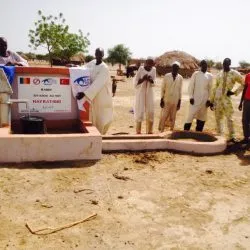
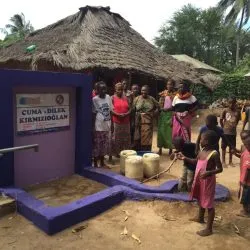
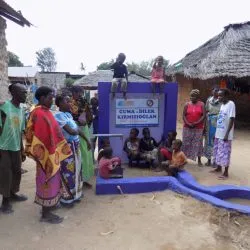
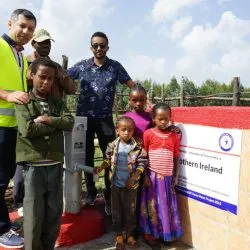

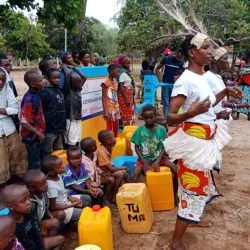
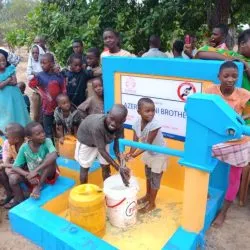
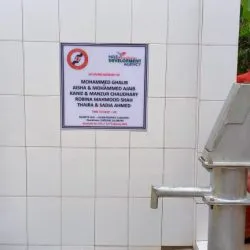
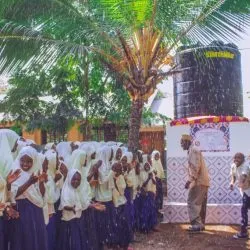

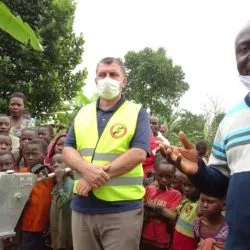
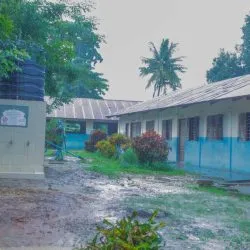
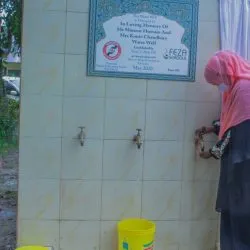
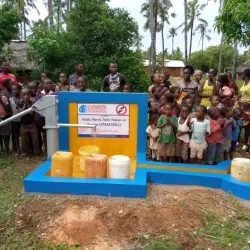
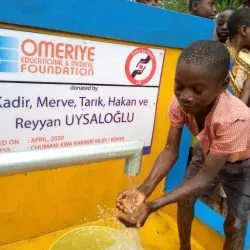
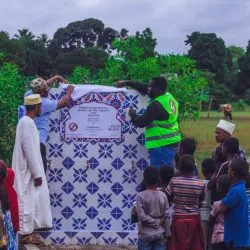
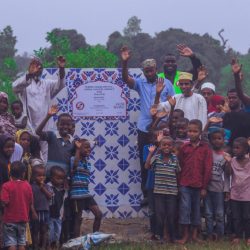


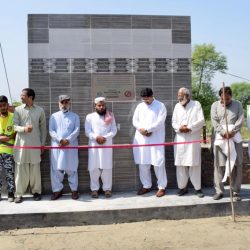
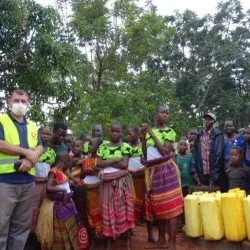
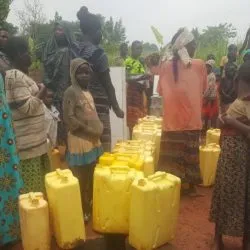
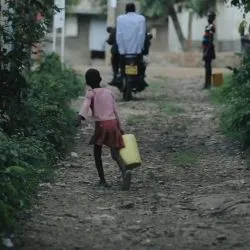
FAQ
Water scarcity refers to the lack of sufficient available water resources to meet the water usage demands within a region. It can result from physical water shortages and an inability to access water due to socio-economic reasons. Water scarcity can have dire consequences, impacting agriculture, health, and livelihoods. It can lead to food shortages, hinder economic growth, and even conflict over dwindling resources. Additionally, water scarcity exacerbates the challenges of vulnerable populations, particularly women and children, who often bear the primary responsibility for water collection. As the global population grows and climate change affects water availability in many regions, addressing water scarcity becomes increasingly crucial for sustainable development and well-being.
Clean and safe water might be a common element of our lives, but there are still 1 billion people who don’t have access to this. Clean water is one of the biggest crises of today. Without it, various aspects of life become risk factors, including poverty, education, and health. Contaminated water sources lead to severe consequences, such as a child dying every 2 minutes. Moreover, the average woman in rural Africa walks 6 kilometres daily to haul 40 pounds of water, which often isn’t even clean. This long walk poses dangers like wild animal attacks kidnappings, and deprives children of school time.
Donating to water initiatives plays a pivotal role in transforming lives and communities. Access to clean water is fundamental to human survival, health, and overall well-being. By contributing to water-related projects, donors empower communities with the essential resource of clean water, eliminating the daily struggles many face in sourcing it.
Such donations not only quench thirst but also pave the way for improved sanitation, reduced disease transmission, and enhanced quality of life. Moreover, they alleviate the burdens on women and children who often bear the brunt of water collection, allowing children more time for education and women for other productive activities. In essence, a donation of water is a donation towards a brighter, healthier future for many.
Appeals & Donations

Walk 4 Water 2024
Goals:

Kenya Volunteer Trip
Goals:

Water Well for Uganda Schools
Goals:

Career School
Goals:

Career School (Monthly)
Goals:

Refugee
Goals:









